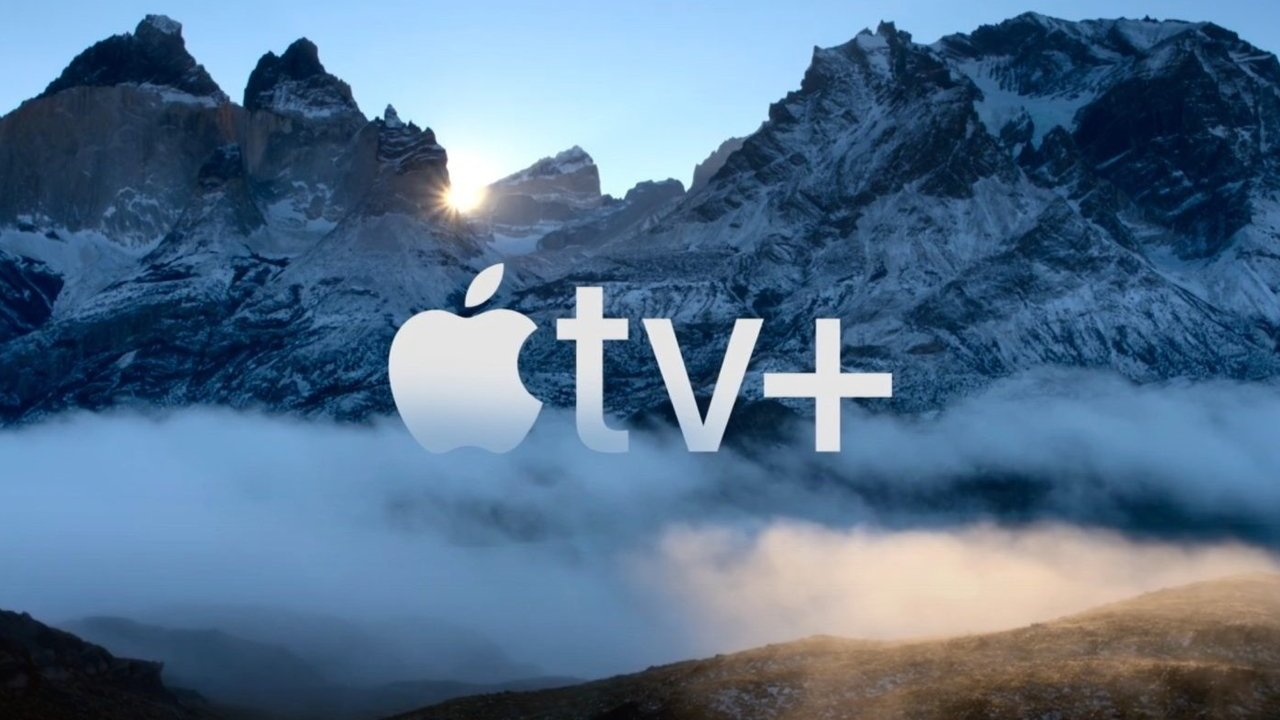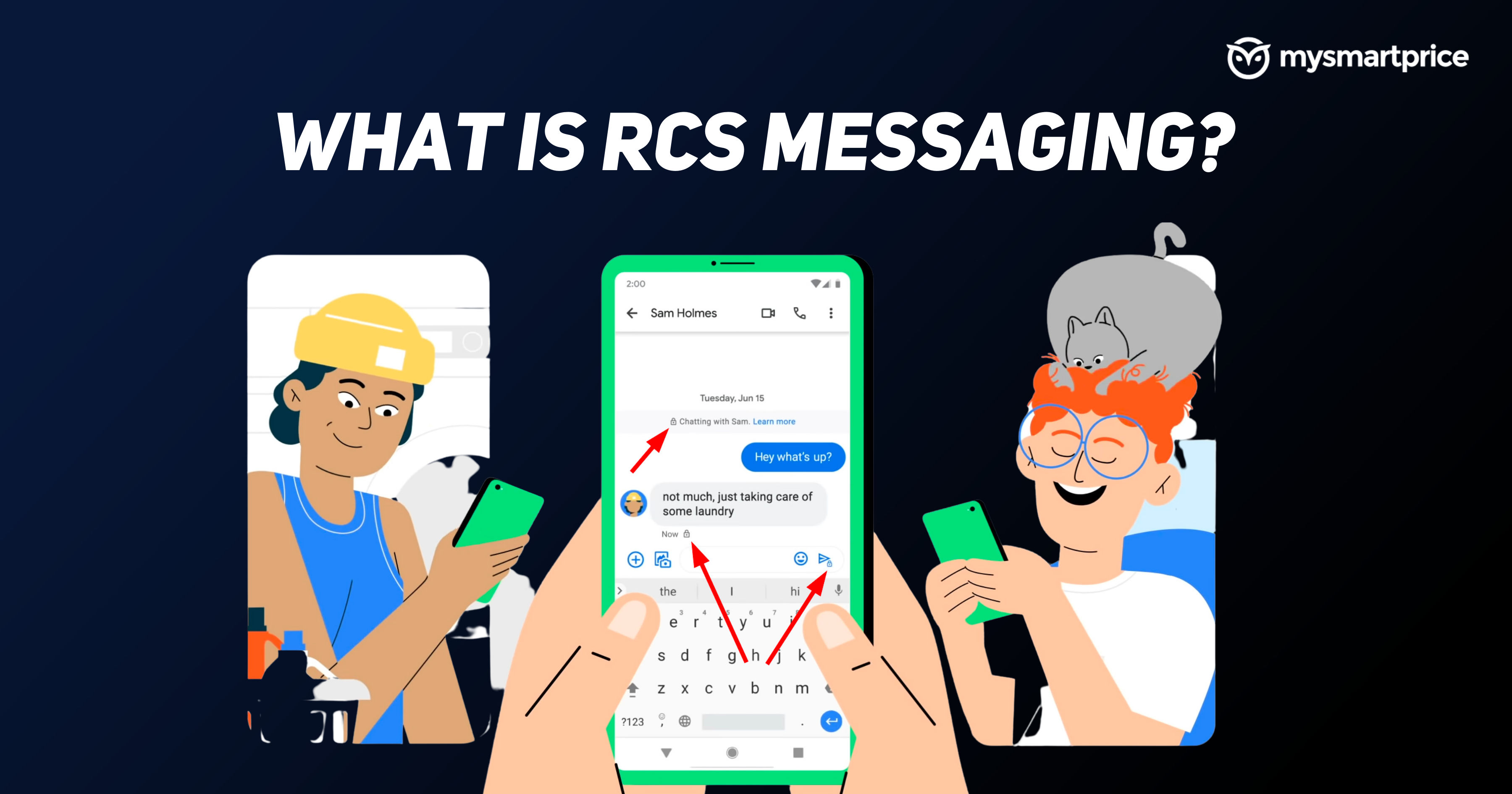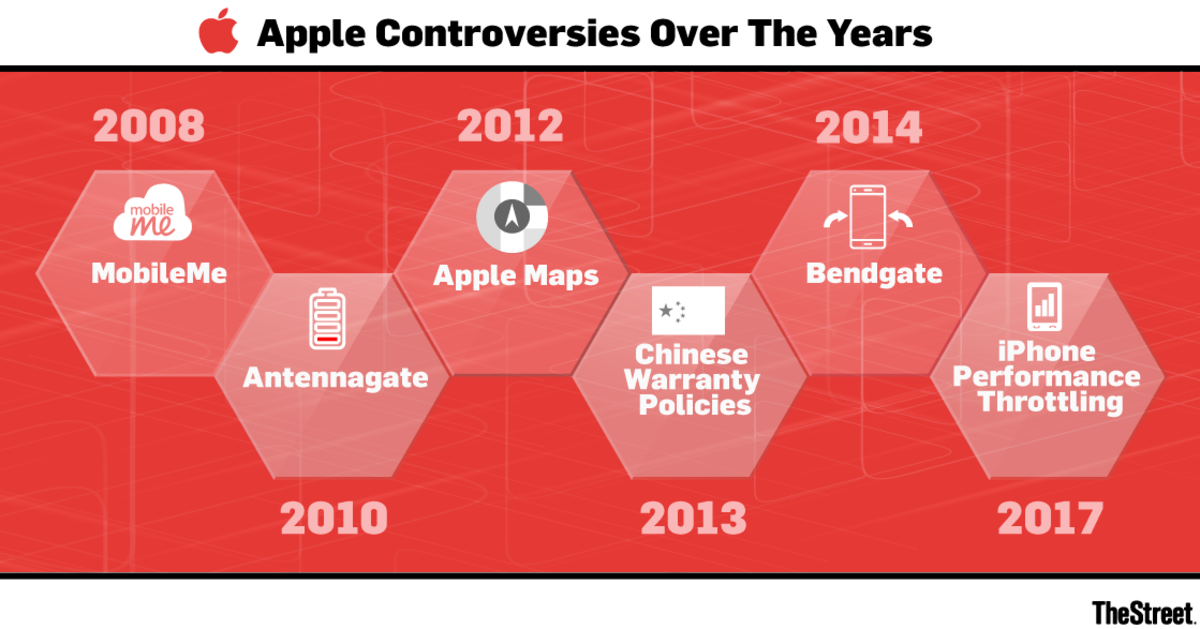Apple TV+ losses have been a hot topic in the streaming industry, especially as the service continues to struggle against fierce competition from established players like Netflix. Launched in November 2019, Apple TV+ has incurred losses exceeding $1 billion annually, despite attracting around 45 million subscribers by 2024. This figure, while promising, pales in comparison to Netflix’s staggering 300 million subscribers, highlighting the challenges Apple faces in the streaming service competition. The company has heavily invested in Apple TV original shows, spending over $5 billion each year to boost its content library, although it has scaled back that investment due to increased scrutiny from leadership. As the narrative unfolds regarding Apple TV+ subscription performance, one can’t help but wonder how Apple will adjust its content strategy to enhance its positioning in an increasingly crowded market.
The financial hurdles faced by Apple TV+ indicate a troubling trend for Apple’s streaming ambitions. After its launch in late 2019, the platform has struggled to establish a foothold against competitors, leading to hefty annual deficits in revenue. The number of subscribers, although respectable, hasn’t matched the exuberant figures flaunted by rival services like Netflix. Apple’s longstanding commitment to producing captivating original programming has drawn critical acclaim but failed to translate into substantial viewership, making its content strategy increasingly questionable. As the landscape of streaming continues to evolve, Apple must navigate the complexities of competition and viewer engagement to remain relevant.
The Struggles of Apple TV+ in the Streaming Landscape
Since its launch in 2019, Apple TV+ has faced significant challenges in establishing itself as a viable competitor in the bustling streaming landscape. With the market dominated by titans like Netflix, Amazon Prime Video, and Disney+, Apple TV+ has continuously struggled to gain a foothold despite offering a growing library of original content. Reports indicate that the platform has incurred losses exceeding $1 billion annually, prompting questions about its sustainability and future direction. This scenario highlights the stark contrast between Apple’s vast financial resources and the operational realities of running a successful streaming service.
While Apple TV+ boasts impressive original shows and movies, the platform has not kept pace with Netflix’s expansive content library, which features thousands of titles catering to various tastes. Moreover, Apple TV+ had only 45 million subscribers as of 2024, which, although a decent figure, pales in comparison to Netflix’s staggering 300 million. As competition intensifies, it’s becoming increasingly clear that Apple needs to refine its content strategy to not only attract new subscribers but also retain them in a market that demands constant innovation and a bountiful array of viewing options.
Apple’s Content Strategy: Navigating High Costs and Limited Audience
Apple’s significant investments in original programming have resulted in impressive accolades, but the question remains whether this acclaim translates to viewer engagement. With annual content spending reported at over $5 billion, Apple TV+ has made notable strides, securing numerous awards and nominations shortly after its debut. However, the platform’s inability to capture a larger market share has raised concerns amongst Apple executives about the long-term viability of such expenditures. Critics argue that while awards are commendable, they do not necessarily correlate with subscriber counts or viewing time, particularly when Apple TV+ reportedly captured only 0.2% of US television viewing last year.
As Apple moves forward, a more sustainable content strategy may be necessary to compete effectively against giants like Netflix and Amazon. Reductions in content spending by $500 million indicate a shift toward a more cautious approach that prioritizes quality over quantity. This strategic adjustment could help Apple TV+ cultivate a loyal subscriber base while keeping their financial losses in check. Additionally, the slow rollout of the Apple TV app on Android devices symbolizes gaps in Apple’s broader strategy, as tapping into diverse operating systems could unlock untapped markets of potential subscribers.
The Impact of Apple TV+ Losses on Future Business Strategy
The ongoing losses associated with Apple TV+ have sparked discussions about the necessity of recalibrating the company’s overarching business strategy. Despite Apple’s ability to absorb financial setbacks due to their profitable hardware and services, persistent losses can undermine investor confidence and distract from their core products. As the company contemplates its propensity for sustained losses within the streaming sector, the lessons learned from Apple TV+ could inform future investments in emerging technologies or sectors. It is crucial that Apple evaluates how their entertainment strategy aligns with the broader corporate vision, especially with ambitious projects like Apple Vision Pro on the horizon.
Balancing the pursuit of excellence in original programming with the financial implications of operating a streaming service will be vital for Apple. Executives will need to weigh the perceived value of their awards and critical recognition against tangible growth metrics such as subscriber retention and viewing habits. As Netflix continues to dominate the streaming conversation with a seemingly endless library of content, Apple’s focus must shift to securing its identity while also ensuring a more holistic approach to market dynamics. A strategic pivot may ultimately be the key to transforming Apple TV+ from an expensive hobby into a credible challenger in the crowded streaming marketplace.
Comparing Netflix and Apple TV+: The Number Game
In the realm of streaming platforms, a comparison between Netflix and Apple TV+ reveals contrasting trajectories in subscriber acquisition and content presence. While Netflix has built a colossal subscriber base of over 300 million and continues to expand its catalog with diverse offerings, Apple TV+ lags behind with just 45 million subscribers. This disparity is not solely due to the differences in content volume; it also highlights Netflix’s strategic advantage of honing its marketing and user engagement tactics over years of competitive existence, which Apple TV+ is yet to fully develop and implement.
Netflix’s consistent ability to draw viewers can also be attributed to its robust recommendation algorithms and engagement-focused features, which enhance user experience and satisfaction. Apple, while providing critically acclaimed original shows, must adapt its marketing strategies and user interface to facilitate higher viewer retention. As consumer preferences evolve and expectations for content variety increase, Apple must consider how to effectively compete with established players without diluting its brand essence. This ongoing competition will, without a doubt, shape the future direction of not only Apple TV+ but also how Apple positions itself in the competitive streaming realm for years to come.
The Role of Original Content in Shaping Subscriber Trends
Apple TV+’s emphasis on original content has certainly added allure to the platform, particularly notable films and series that have garnered critical recognition. However, relying solely on high-quality original programming may not be enough to drive subscriber growth in a media landscape saturated with alternatives. While awards and critical acclaim are important, they often do not translate into widespread audience engagement. To succeed, Apple TV+ might need to diversify its content offerings, incorporating a broader spectrum of genres and formats that resonate with different viewer demographics.
As the streaming service competition intensifies, maintaining a steady flow of appealing original shows is imperative for Apple. Building narrative universes, expanding into co-productions, and collaborating with established filmmakers and talent could yield variable results. By addressing content gaps and recognizing shifts in consumer preferences—such as the increasing demand for diverse narratives—Apple TV+ can not only retain its existing subscribers but also attract new viewers looking for innovative storytelling. In this way, navigating the burgeoning streaming ecosystem requires a balanced mix of creativity, strategic partnerships, and proactive marketing efforts.
Strategic Lessons from Apple TV+ Losses
The financial losses incurred by Apple TV+ have served as a critical learning opportunity for Apple as it reassesses its strategic approach to streaming. As costs continue to mount without the corresponding subscriber growth, the company has been prompted to evaluate how they allocate resources across their vast array of content offerings. This introspective analysis could lead to a more frugal approach that prioritizes high-impact projects over sheer content quantity, an insight that many streaming services have benefitted from.
Moreover, these lessons extend beyond mere fiscal considerations. With streaming services increasingly competing for viewer attention, Apple could gain insights into audience behaviors and preferences through analyzing subscriber engagement and retention data. By leveraging this information, Apple can refine its content acquisition strategy to ensure relevancy in a rapidly shifting entertainment climate, laying the groundwork for a sustainable long-term strategy—one that transforms early losses into potential future growth.
Navigating Competition: Apple TV+ vs. Streaming Giants
In an era where streaming services are proliferating, navigating competition has become a critical challenge for platforms like Apple TV+. Competing against established giants such as Netflix, Amazon, and Disney requires not only an impressive catalog of original programming but also innovative viewer engagement strategies. Apple has made notable progress in terms of producing acclaimed content, yet differentiating itself within a crowded market remains paramount. The notion of ‘quality over quantity’ must be balanced against the industry’s penchant for extensive libraries, as viewers often seek variety in their viewing experiences.
To effectively position itself against formidable competitors, Apple TV+ must establish a unique selling proposition that resonates with potential subscribers. This could involve emphasizing their investment in exclusive, high-quality content while also exploring partnerships with well-known creators and brands. Furthermore, Apple could benefit from increased marketing efforts targeting specific demographics or niche audiences who may find value in their distinctive offerings. Ultimately, defining a clear identity and purpose in the oversaturated streaming landscape will be essential for Apple TV+ to emerge as a key player in the industry.
The Evolving Future of Apple TV+: Opportunities Ahead
Despite current challenges, the future of Apple TV+ holds potential opportunities for growth and transformation. As Apple continues to produce original content and refine its programming strategy, there remains room for innovation in how they engage subscribers. By investing more thoughtfully in unique stories and diverse content that appeals to a wider audience, Apple can rejuvenate interest in its platform. Additionally, exploring international markets could further bolster subscriber numbers and position Apple TV+ as a global player in the streaming arena.
As the streaming landscape evolves, fostering a community among subscribers could also enhance loyalty and retention. Integrating viewer feedback into content development and opening channels for audience interaction may transform Apple TV+ into not just a viewing platform but a dynamic space for fan engagement. Creating a sense of belonging within the subscriber base could be the key differentiation that sets Apple TV+ apart from its competitors. Looking ahead, harnessing these opportunities could help Apple TV+ secure its place as a significant contender in the future of entertainment.
Frequently Asked Questions
What are the main reasons behind Apple TV+ losses in the streaming service market?
Apple TV+ is experiencing significant losses, estimated at over $1 billion per year, primarily due to its aggressive investment in original content, which has exceeded $5 billion annually since its launch. Despite having 45 million subscribers in 2024, the streaming service faces fierce competition from established players like Netflix and Disney, which boast extensive libraries and larger subscriber bases. The need to scale back spending on Apple TV content has been acknowledged by Apple executives, as they reevaluate their content strategy.
How does Apple TV+ subscription pricing compare to competitors like Netflix?
Apple TV+ is priced at $9.99 per month or $99 per year, which is competitive compared to Netflix’s subscription tiers. However, despite its lower price point, Apple TV+ struggles to attract a viewership share comparable to Netflix, which has a subscriber base of over 300 million. This disparity highlights the challenges Apple faces in building a sustainable subscription model in a crowded streaming landscape.
How effective has Apple’s content strategy been for Apple TV+ amidst financial losses?
While Apple TV+ has garnered notable critical acclaim with 538 awards and 2,553 nominations, its content strategy has not translated into higher viewership. The service accounted for only 0.2% of TV viewing in the US last year, demonstrating that having high-quality original shows isn’t sufficient to compete with Netflix and other major streaming services. Apple is under pressure to adjust its content spending and overall strategy to improve its market position.
What is the impact of streaming service competition on Apple TV+ losses?
The fierce competition among streaming services has significantly impacted Apple TV+’s financial performance. With Netflix and Amazon dominating the market in terms of subscriber count and content variety, Apple TV+ finds it challenging to retain and grow its subscriber base. As competitors ramp up their original programming and content offerings, Apple TV+ must find ways to differentiate itself while managing its losses effectively.
What has Apple done in response to the financial losses of Apple TV+?
In response to the financial losses estimated at over $1 billion annually, Apple has begun to cut its annual content budget. Reports indicate that spending was reduced by $500 million last year, reflecting a growing scrutiny from executives regarding Apple TV+’s content investment. This shift suggests that Apple is reassessing its strategy to make the streaming service more sustainable and competitive in the streaming landscape.
How does Apple TV+’s performance in awards compare to its viewership numbers?
Despite Apple TV+ winning 538 awards and receiving extensive nominations, its viewership numbers tell a different story. The service had only captured 0.2% of total TV viewing in the US last year, indicating that critical success does not necessarily equate to commercial performance or viewer engagement. This contrast raises questions about the effectiveness of Apple TV+’s content strategy amid its financial losses.
What are the implications of Apple’s investment in original content for Apple TV+ losses?
Apple’s hefty investment in original content, surpassing $5 billion annually, has been a significant factor in the financial losses of Apple TV+. While this investment has resulted in award-winning shows and films, it has not yet led to a sustainable subscriber growth to offset these costs. As a result, Apple must reassess its content strategy carefully to balance quality with financial viability.
Why did it take Apple so long to release an Apple TV app for Android, and how does that relate to Apple TV+ losses?
The delay in releasing an Apple TV app for Android devices, which took nearly six years, hindered the service’s accessibility and potential subscriber growth. This strategic misstep in reaching a wider audience may have contributed to the low viewership figures for Apple TV+, exacerbating the financial losses associated with the streaming service.
| Key Point | Details |
|---|---|
| Launch Date | November 2019 |
| Annual Losses | More than $1 billion |
| Subscription Model | $9.99/month or $99/year |
| Current Subscribers (2024) | 45 million |
| Content Investment | Over $5 billion annually |
| Content Cutback | $500 million reduction last year |
| Competitors’ Subscriber Count | Netflix: 300 million in Q4 2024 |
| Viewing Share in US (2022) | 0.2% |
| Industry Standing | Less viewership than Netflix in one day |
| Recent Criticism | Ted Sarandos called it a marketing play |
Summary
Apple TV+ losses remain a significant concern as the streaming service struggles to keep up with industry giants. Despite an impressive content budget and a growing subscriber base, the platform continues to face substantial annual losses exceeding $1 billion. Apple’s hefty investments in original programming have not translated into viewer engagement comparable to competitors like Netflix and Amazon. As Apple re-evaluates its strategy, the future of Apple TV+ will depend on adapting to market demands while effectively managing its content expenses.



